The ceramics industry, by volume, is the largest market for zircon consuming over half of the zircon produced globally.
While around 85% of it used in the ceramics industry is used in tile production, zircon also has a significant role to play in advanced ceramics.
More detail on zircon and the ceramics industry can be found in the Zircon Technical Handbook .
ZIA has supported research projects on ceramics.
Below is a summary of some of the applications that zircon is used for within the ceramics industry:
Zircon has various uses as a whiteness and opacity enhancer in traditional ceramics. It can be used directly on ceramic compositions to improve the whiteness and opacity of the entire ceramic body or used in engobes to produce a white and opaque layer that hides the colour of the body. It’s also used as a raw material in ceramic glazes to increase their opacity, or in frit compositions used to produce glossy, opaque, white glazes. When used in glazes, zircon enhances resistance to abrasion and chemical attack.
During ceramic tile manufacturing, zircon is mostly used in the form of flour. Zircon sand is occasionally used to improve abrasion resistance of glazed surfaces, particular floor tiles.
The properties that make zircon a suitable opacifier are its high refractive index. Fine zircon grains also scatter visible light, making ceramics appear white and opaque.
An additional property that makes zircon attractive for ceramic manufacturing is its high hardness, which helps to resist scratching and mechanical damage. Zircon sands used for ceramic manufacturing also need to have the following specific attributes:
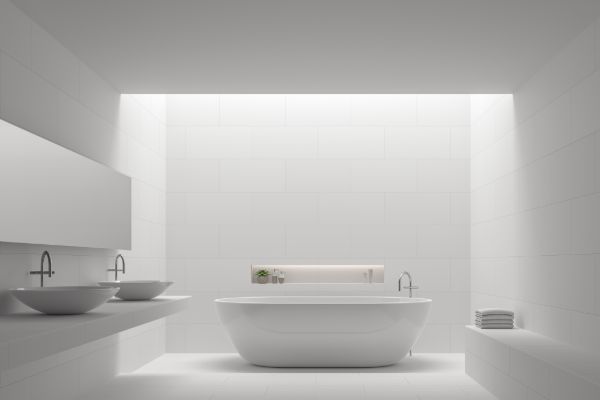
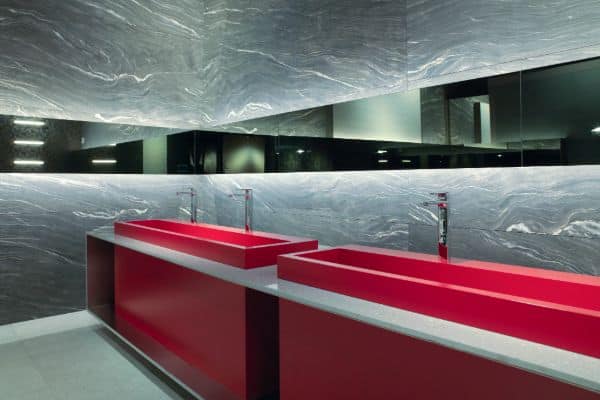
Advanced ceramics is a well known commercial application for zircon. Traditional ceramics, such as clays and bricks, are usually hard, porous and brittle. Advanced ceramics refers to ceramic materials that have been specifically designed to improve those characteristics. Zirconia, in its stabilised form or when mixed with other compounds such as alumina, becomes an ideal ceramic for a wide range of mechanically demanding applications.
Advanced ceramics have the following characteristics:
This has allowed the use of zirconia in a wide number of speciality applications requiring high levels of strength, harness and toughness as well as wear and corrosion resistance. In addition the ionic conductivity of the material above 600°C has led to its use in fuel cells and oxygen sensors.
Due to its good strength, high toughness, fracture, ear and corrosion resistance, zirconia is commonly employed in the manufacturing of high-stress components such as:
Stabilised zirconia is widely used in the manufacture of abrasive materials due to its ultra-hard, tough and dense characteristics. Typical zirconia abrasive products contain around 25-40% zirconia and include:
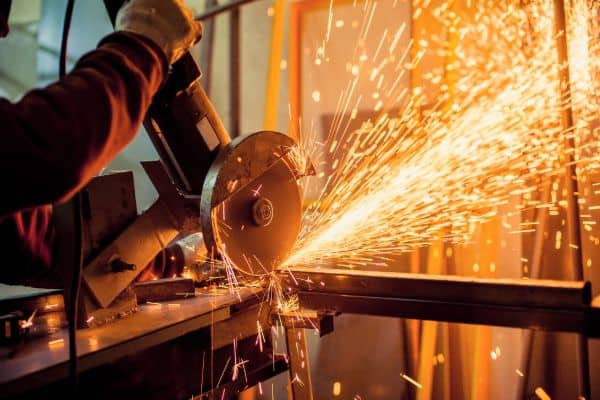
Yttrium stabilised zirconia, zirconia toughened alumina and alumina toughened zirconia are also used to produce cutting blades and cutting tool inserts. The following key characteristics make it an ideal material for this type of application:
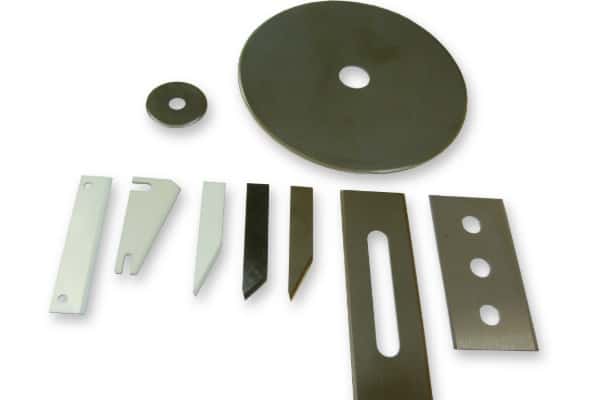
Credit: Cadence Inc
Yttrium stabilised zirconia is also used as a radio frequency heating susceptor element. These devices are zirconia ceramic tubes commonly used in induction heating equipment, manufactured through a plasma spraying process. When exposed to a radio frequency, the atoms in the zirconia susceptor devices start vibrating, generating heat as a result. Its high melting point (>2300°C) and thermal shock resistance makes Yttrium stabilised zirconia an ideal material for this application.
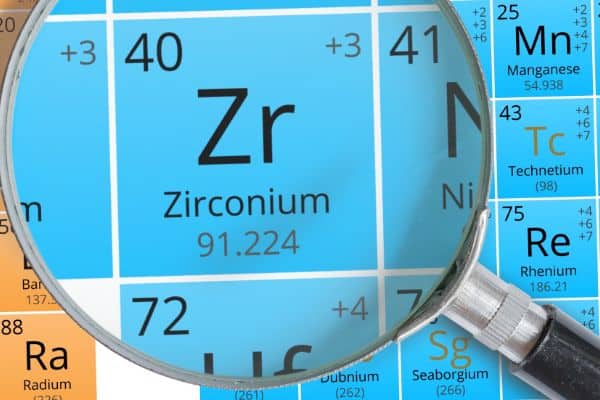
There are three main applications that take advantage of zirconia’s ionic conduction:
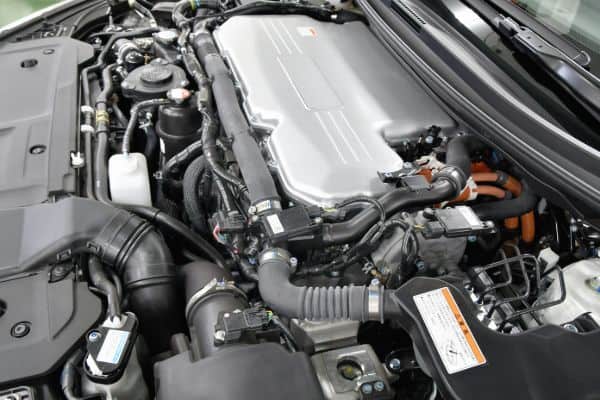
An additional property of advanced zirconia ceramics is excellent biocompatibility, meaning it has the inherent ability to remain biologically inert with the host in its intended application. Alumina was traditionally used to manufacture medical prosthesis devices such as hip joints or femoral ball heads until it was observed that the material suffered from critical fracture problems in these applications. Zirconia has become the material of choice because of its higher strength and hardness, wear resistance, stability, resistance to scratching and biocompatibility with the human body. Zirconia-based prosthesis also significantly reduce the amount of wear debris generated during their use.
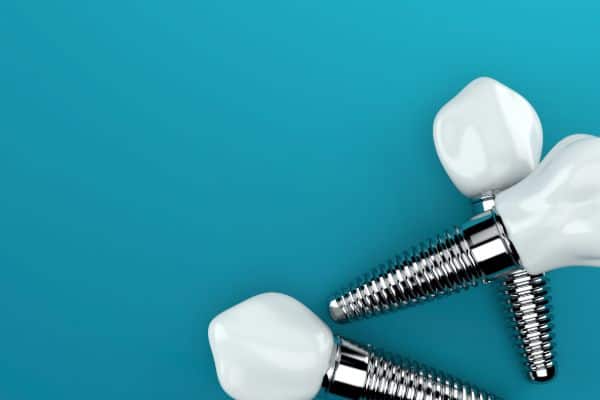
Zirconia has dieletric and piezoelectric properties that allow its use in the fabrication of special electro-ceramics for use in a wide range of applications in the automotive, aerospace and telecommunications sectors.

Zircon and its derivatives have a vast array of applications. The largest market for zircon is the ceramics industry. Approximately 54% of zircon that is produced is used in finely ground form in the ceramics industry. 14% goes is used by the foundry industry, and approximately 11 - 14% is used in refractory applications.
A growing portion of the zircon mined worldwide is used for the extraction of the metals zirconium and hafnium or their further processing to produce zirconium chemicals. There is a considerable number of further uses and it is clear from emerging research and development that zircon will continue to play an even greater role in the technological advances of the modern era.